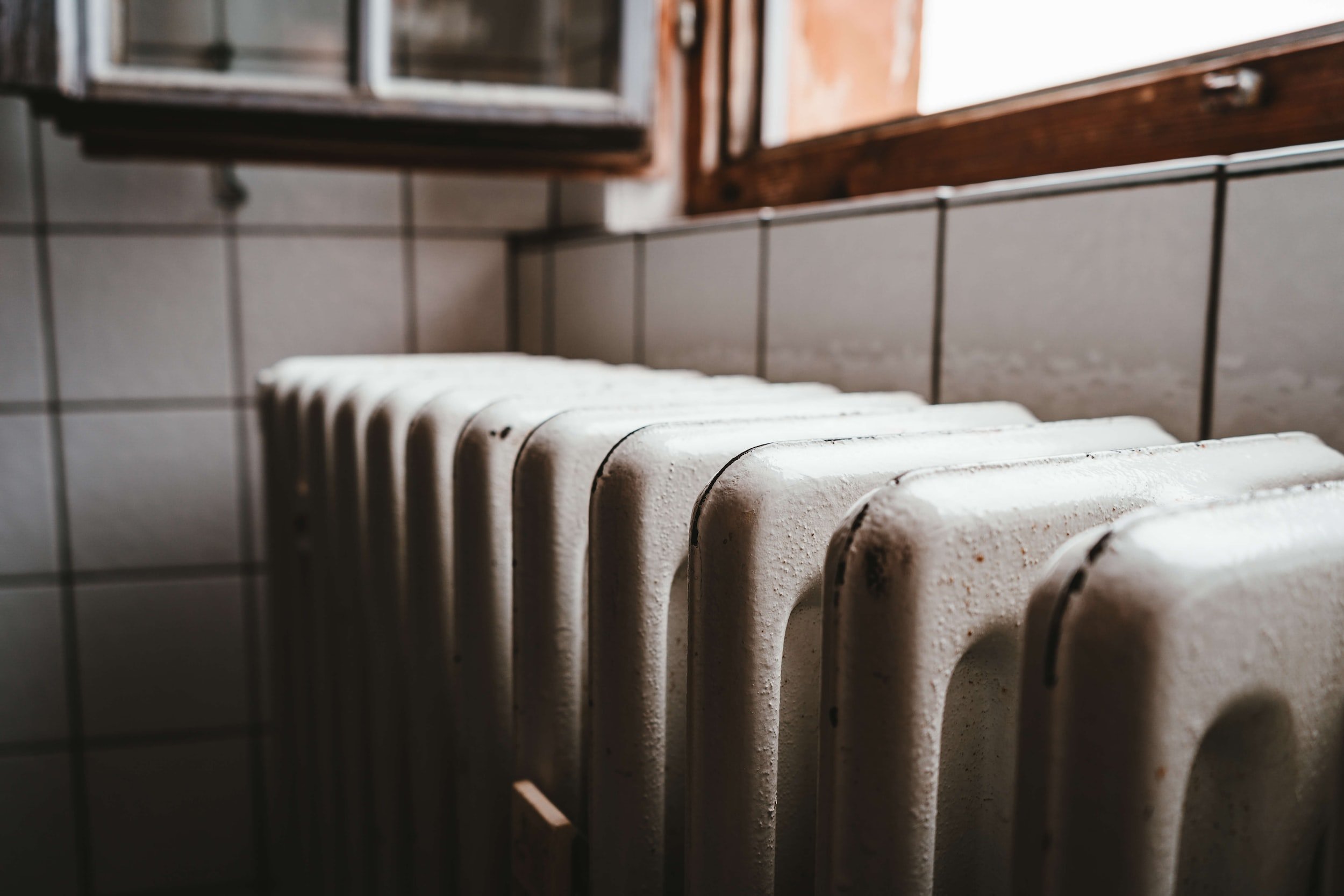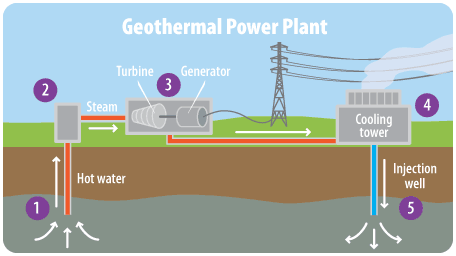-

Department of Energy announces $60M investment into essentially endless source of energy
The U.S. Department of Energy is investing $60 million to demonstrate the efficacy and scalability of enhanced geothermal systems to help tap into the heat trapped underground, which can be used as clean, renewable energy. The agency selected three projects to receive the funds — Chevron New Energies, Fervo Energy, and Mazama Energy. Chevron's pilot project will utilize new drilling and stimulation techniques to access this heat energy near a geothermal field in California's Sonoma County. Fervo will work within Utah's Milford Renewable Energy Corridor and adjacent the DOE's Frontier Observatory for Research in Geothermal Energy (FORGE) field laboratory with an aim to produce at least 8 megawatts of power from each of three wells. Meanwhile, Mazama aims to advance the science needed to operate in extremely hot conditions.
-

Company behind groundbreaking new geothermal power project releases video update on LinkedIn
Eavor, an international energy company headquartered in Canada, is making significant progress on a commercial-sized geothermal facility in the south of Germany that could bring this form of renewable energy more into the mainstream. Eavor says that its green energy technology is scalable and dispatchable with little environmental impact. In a recent video update (released on LinkedIn), the company showcases the progress made on the construction of its new facility in Geretsried. This project in Bavaria is the first imagined at such a size for Eavor's closed-loop system and involves drilling wells up to 7,000 meters deep (almost 23,000 feet).
-

Public Information Meeting by Mt. Princeton Geothermal, LLC - 11/30/2023
Mt Princeton Geothermal, LLC held its first public meeting Nov. 30th at the Buena Vista Community Center, providing information and answering questions about their proposed geothermal energy project in Chaffee County. Nearly 80 people attended in person and via Zoom. The presentation covered many topics including permitting, sound and visual impacts, geographic strata, test data demonstrating the likelihood of geothermal activity at this site, and future exploration plans. Attendees learned that the project would not involve enhanced geothermal fracking techniques and that power generated by the project, should it be developed, could stay in Chaffee County, and lots more. MPG is planning to hold a second informational public meeting in February 2024. Click below to view the presentation slides from this meeting.
-

A fight is brewing to build Colorado’s first geothermal plant as neighbors oppose development
Geothermal is a relatively inexpensive source of carbon-free, renewable electricity (6 cents to 9 cents a kilowatt), but trails wind (2.6 to 5 cents) and utility-scale solar (3 to 4 cents). It can also be reused, by cooling and reinjecting water after the energy in it is extracted. A group of Chaffee County residents is battling a geothermal plant under consideration near their subdivision, saying it would be loud, unsafe and ruin their views of Mount Princeton.
-

Opinion: Colorado law should give geothermal energy equal standing with other renewables
Like other renewables, geothermal generates fewer greenhouse gas emissions. But unlike wind and solar, geothermal works at full capacity non-stop. It doesn’t require the sun to shine or the wind to blow. Instead, it generates dependable, consistent power that solves the reliability challenges of intermittent renewables.
-

NM Governor vetoed funding for geothermal energy initiative in 2023. Officials plan to try again in 2024.
New Mexico’s Governor vetoed funding for geothermal energy initiative in 2023. Lawmaker says objections the governor’s office to the previous bill have been worked out. Lawmakers plan to try again in 2024. New Mexico ranks sixth in the nation for geothermal resource availability, according to the National Renewable Energy Laboratory.
-

West warms to geothermal energy as a path to clean energy goals
Geothermal plants provide a steady, on-demand source of power, known as dispatchable generation. They pump steam or hot water from wells hundreds or thousands of feet underground to power turbines. Some leaders think such projects will complement wind and solar, whose production can vary based on weather or the time of day.
-

A Vast Untapped Green Energy Source Is Hiding Beneath Your Feet
Clean, dependable power from the Earth’s core can complement the on-again, off-again juice from wind and solar. Geothermal energy is today a rare resource, tapped only in places where the crust has cracked a little and heat mingles with groundwater, producing hot springs or geysers that can power electricity-generating turbines.
-

Energy 101: Geothermal Energy
See how we can generate clean, renewable energy from hot water sources deep beneath the Earth's surface. This U.S. Dept. of Energy video highlights the basic principles at work in geothermal energy production, and illustrates three different ways the Earth's heat can be converted into electricity.
-

Tech breakthrough could boost states’ use of geothermal power
In the West, some states see geothermal power plants as a crucial source of “always-on” clean electricity — a resilient energy supply to bolster grids supplied by wind and solar. Lawmakers in some states have been laying the groundwork to add geothermal power to the electrical grid and pump underground heat into buildings. Now, a technological breakthrough could dramatically expand those ambitions — and perhaps unleash a new wave of policies to tap into geothermal sources.
-

Geothermal bubbles up as another way to fight climate change
Geothermal power currently provides only a fraction of the nation’s electricity. But as states ramp up their transitions to renewable energy, some leaders see a big role for geothermal as a stable, renewable power source. Colorado Gov. Polis says Western governors group will explore expansion of this ‘underdeveloped’ resource.
